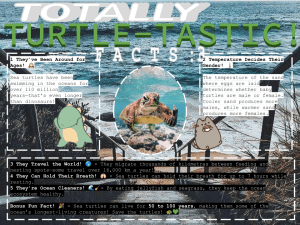This task is about reading to find information and make inferences.
Read the recount of how a carver chose trees to make an ocean going canoe, then answer the questions.
| SELECTING THE TREES
In December, 1979, I’d arranged a meeting with Arthur Meihana and Peter Iraia, members of the Tuhoe Trust Board, to ask if I could take trees from Whirinaki to build a double-hulled canoe. The kaupapa, or purpose, I explained, was to build a waka that would make the voyage from Aotearoa to Rarotonga and Tahiti, to prove that our tīpuna had traveled back and forth to the Islands.
We would use totara, and I had to select them myself, which I’d never done before. But I knew what to look for. I’d been told by my teachers not to select trees at the snowline or on the slope of a hill. The grain would be stronger in the better-nourished trees close to the valley floor.
When a tree is dead, standing dead, or doesn’t have sound wood, there’s often an outcrop like rata vine or kiekie growing in the crown of the tree, and a lot of the trees we saw had this problem. The forest rangers with me also pointed out the devastation caused by possums. We had to compete with them too.
We were looking for mature trees with thick bark. Thin bark on totara indicates that the grain is still too loose. Then we looked at the roots. If they’re soft and mushy, it means that the taproot is dying and there is a hollow in the tree.
The process continued for about five days. I was only allowed to take two trees, so I had to pick the right ones. If I felled a tree that was hollow and rotten, then the chance to build a sailing canoe would be gone. I really had to make my selection carefully.
On the last day, I finally saw two trees that suited my purpose. They were only about twenty metres apart. “These are the two,” I told the rangers. Sure enough, they were clean, beautiful trees. |
Questions:
- a) Who decided it was all right for the author to take the trees?
The Tuhoe Trust Board.
- b) What other word for canoe is used in the article?
Waka.
- c) Why was the canoe being built?
To prove that tīpuna (ancestors) traveled between Aotearoa, Rarotonga, and Tahiti.
- d) Why would the trees close to the valley floor have a stronger grain?
They’re better-nourished, making stronger grain.
- e) What are three things to indicate that a tree might not be suitable?
1 – Outcrops like rata vine or kiekie growing in the crown of the tree.
2 – Soft and mushy roots.
3 – Thin bark that the grain is still too loose.
- f) Write a sentence from the article to show the five-day task was successful.
“Sure enough, they were clean, beautiful trees.”
- g) “We were looking for mature trees with thick bark.” In this sentence who does “we” refer to?
The author and forest rangers.
- h) “We would use totara, and I had to select them myself, which I’d never done before.” In this sentence from the article who does “we” refer to?
The author and his team.
- i) The article finishes with a more personal tone. What is one way this has been achieved?
The author is pleased to find suitable trees, that is a personal tone.

